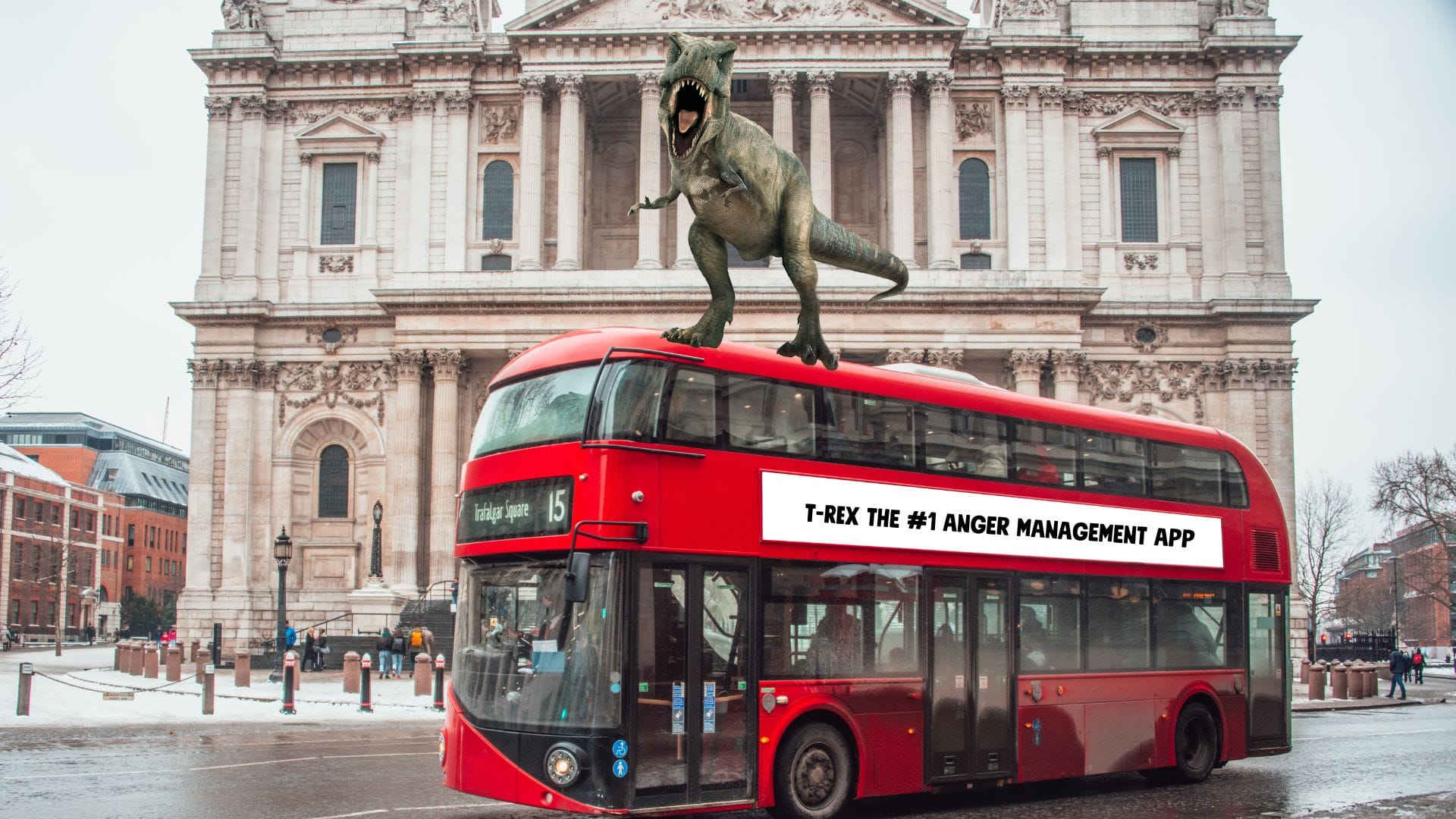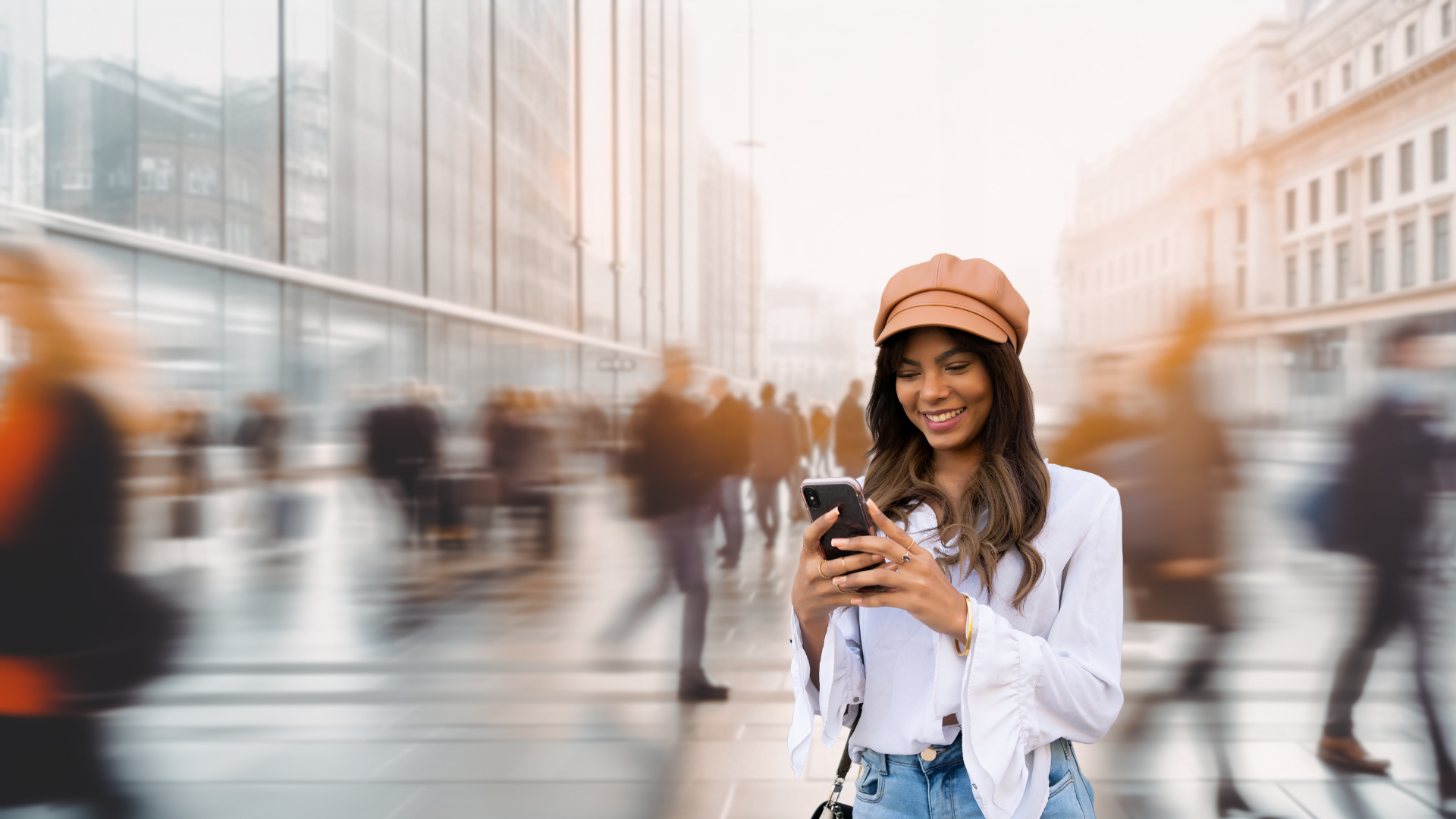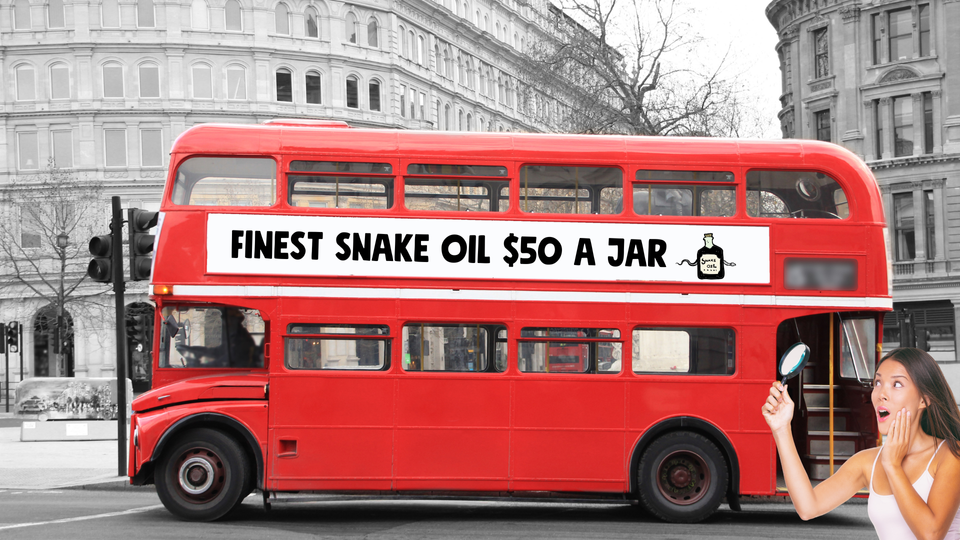FOOH: The Future (and Fun) of Fake Out-of-Home Advertising
Imagine you're strolling through your favorite city, soaking in the sights, when a billboard catches your eye. But wait — that’s no ordinary billboard. It’s not even there in real life.

Imagine you're strolling through your favourite city, soaking in the sights, when a billboard catches your eye. But wait — that’s no ordinary billboard. It’s not even there in real life. Welcome to the quirky, creative, and totally digital world of Fake Out-of-Home (FOOH) advertising!
Let’s dive into why this phenomenon is blowing up, how it’s reshaping the advertising landscape, and what makes it a game-changer for brands and audiences alike.
What Exactly is FOOH?
FOOH, or Fake Out-of-Home advertising, is a term for digital advertising that mimics traditional billboards, posters, or other physical outdoor ads but exists solely in digital environments. Think social media posts, videos, and CGI that showcase hyper-realistic ads in places they’ve never actually been installed. It’s the ad equivalent of a deepfake, but with a lot more sass and far less scandal.
Why FOOH is Turning Heads (and Scrolling Thumbs)
1. Cost-Effective Creativity
Traditional out-of-home (OOH) advertising requires physical locations, installation fees, and maintenance costs. With FOOH, all you need is a creative team and some snazzy software. Brands can “place” their ads in Times Square or the Tokyo skyline without spending a dime on real estate.
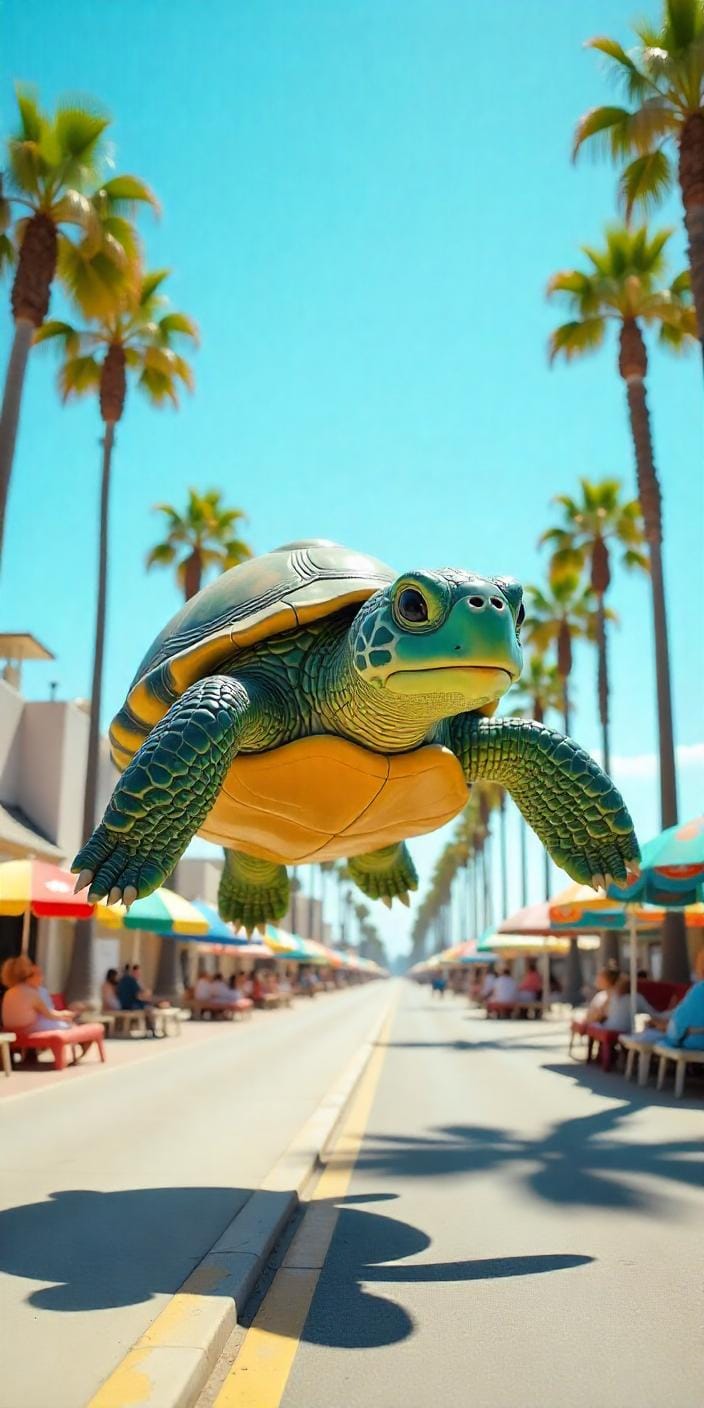
2. Global Reach
FOOH ads aren’t limited to the people walking past them IRL. When shared on social media, they can go viral, reaching millions of eyeballs worldwide. That’s like taking your local billboard and teleporting it to everyone’s phone screens.
3. Hyper-Customization
Want your ad to look like it’s painted across a mountain, glowing on the moon, or floating underwater? With FOOH, the only limit is your imagination. This flexibility makes it perfect for brands looking to stand out and create unforgettable campaigns.
4. Eco-Friendly Advertising
No paper, no printing, no trucks delivering materials. FOOH is inherently sustainable, making it a win for environmentally conscious brands and consumers.
FOOH in Action: Campaigns That Wowed Us
1. Netflix's Stranger Things
To promote a new season of Stranger Things, Netflix “placed” eerie, upside-down-style ads in cities across the globe. These digital creations turned urban landscapes into scenes straight out of the show, complete with eerie lighting and Demogorgons lurking in the shadows. The ads trended instantly, boosting excitement among fans.
2. Adidas and the Digital Sneaker Wall
Adidas designed a FOOH campaign showcasing giant 3D sneakers stomping through famous landmarks. It was bold, visually stunning, and, most importantly, impossible to ignore. Who doesn’t love the idea of a shoe taking a selfie in front of the Eiffel Tower?
3. Pepsi’s CGI Takeover
Pepsi used FOOH to celebrate a new flavor launch by creating augmented reality billboards that appeared to “pour” soda over iconic locations. The illusion was so seamless that it tricked viewers into double-taking.
How Brands Can Nail Their FOOH Strategy
1. Choose the Right Digital Platforms
The success of FOOH hinges on where you share it. TikTok, Instagram, and YouTube are hotspots for visually captivating content. Tailor your campaigns to fit the vibe of each platform.
2. Embrace the Wow Factor
Subtlety has its place, but FOOH thrives on drama and spectacle. Think larger-than-life visuals, clever animations, and designs that demand attention.
3. Play with Context
Want to make an ad go viral? Place it somewhere unexpected. A burger floating in space? Yes. A toothpaste ad on Mount Everest? Absolutely. This contrast between ad and setting is where FOOH shines.
4. Keep It Authentic
Even though FOOH is fake, authenticity matters. The audience can spot a gimmick a mile away, so ensure your campaigns stay true to your brand’s voice and values.
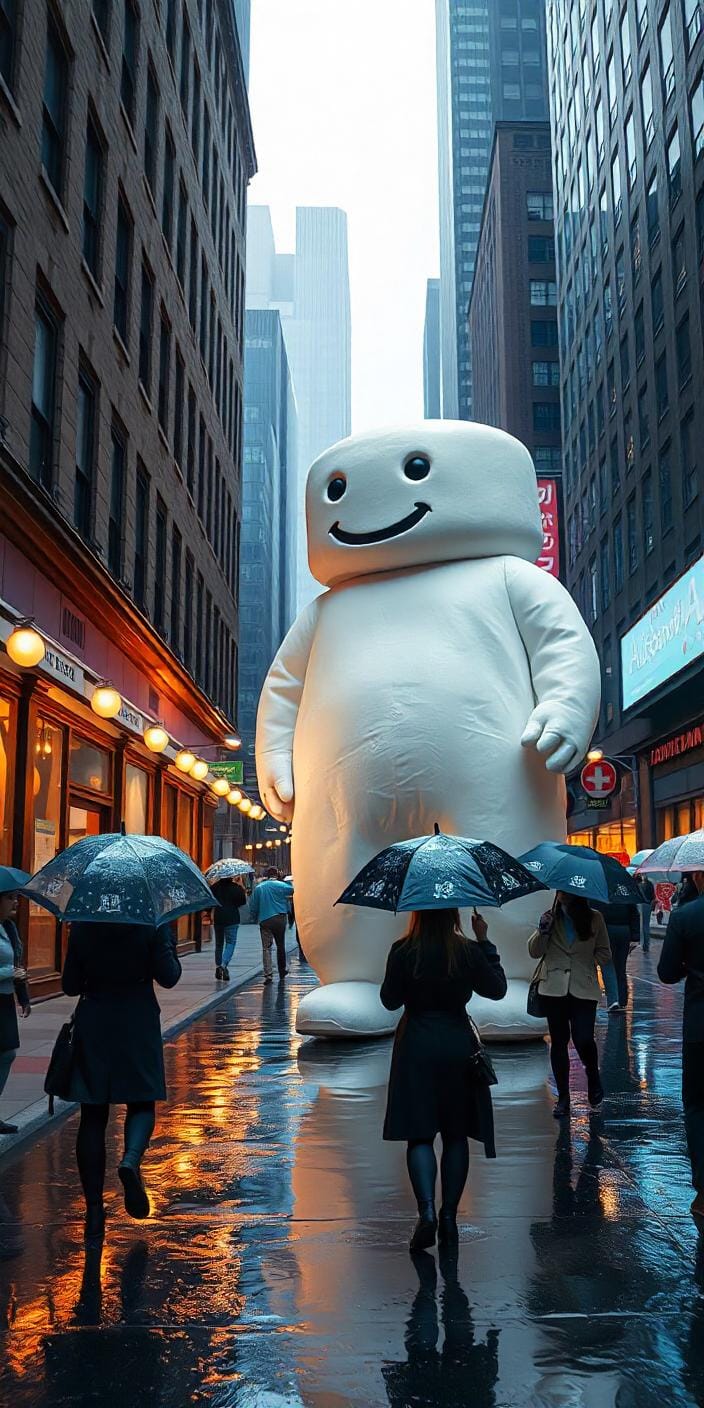
Challenges to Watch Out For
1. Over-Saturation
As FOOH becomes more popular, the risk of ads blending into the digital noise increases. Standing out will require constant innovation and creativity.
2. Misinformation Risks
There’s a fine line between clever advertising and misleading content. Brands need to clearly communicate that these ads are digital creations to maintain transparency and trust.
3. Tech Barriers
Creating high-quality FOOH content requires access to advanced tools and skilled designers. Smaller brands may need to partner with agencies to get started.
What’s Next for FOOH?
The future of FOOH is as bright as a simulated Times Square billboard. Here are a few trends to watch:
- Augmented Reality (AR) Integration: Expect to see more interactive FOOH ads where users can engage with the content through AR apps or smart glasses.
- Real-Time Personalization: Imagine ads that change based on the time of day, current trends, or even viewer demographics.
- Collaborative Campaigns: Brands teaming up to create shared FOOH experiences could open up new creative possibilities.
Wrapping It Up: Why FOOH is Here to Stay
FOOH isn’t just a passing trend — it’s a glimpse into the future of advertising. By blending creativity, technology, and the limitless potential of digital media, FOOH offers brands an innovative way to connect with audiences. Plus, let’s face it: who doesn’t love a bit of digital wizardry?
So the next time you see a jaw-dropping ad online, pause and admire the ingenuity behind it. Chances are, you’ve just experienced the magic of FOOH. Ready to bring your brand into this thrilling space? Start brainstorming, start creating, and most importantly, start faking it — in the best way possible.
If this blog made you say, “Whoa, that’s cool!” share it with your friends or colleagues who’d love to explore FOOH magic. Let’s fake it till we make it together!
Alternatively, hit the button below to discuss your upcoming project with the team.


